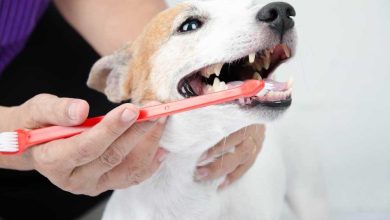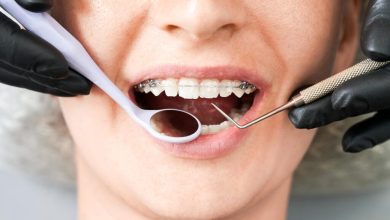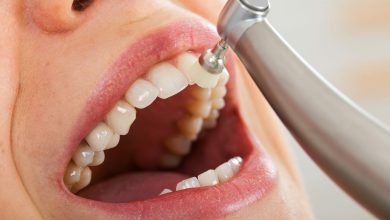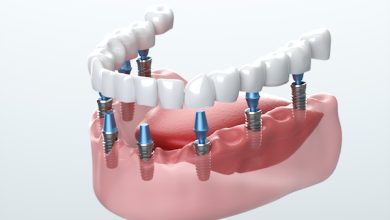Sait Dental Cleaning?
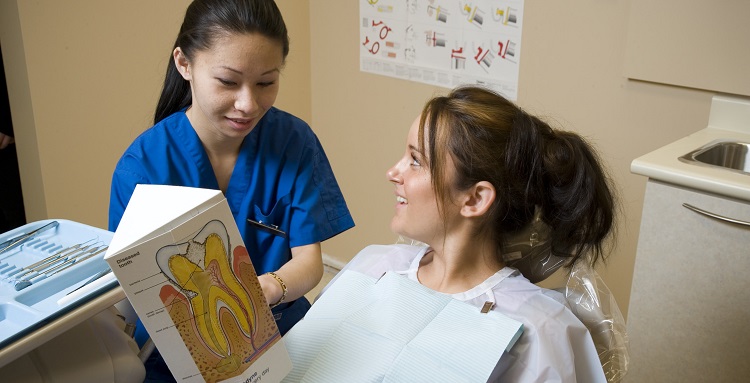
Sait Dental Cleaning provides accurate and precise dental cleaning services for optimal oral health. Sait Dental Cleaning offers comprehensive dental cleaning services that effectively remove plaque and tartar buildup, reducing the risk of gum disease and tooth decay.
Their professional team utilizes advanced technology and techniques to ensure a thorough and pain-free dental cleaning experience. Regular dental cleanings at Sait Dental Cleaning can help maintain a healthy and beautiful smile while preventing dental issues in the long run.
With their commitment to excellence and patient satisfaction, Sait Dental Cleaning is the go-to choice for all your dental cleaning needs. Say goodbye to dental problems and hello to a radiant smile with Sait Dental Cleaning.
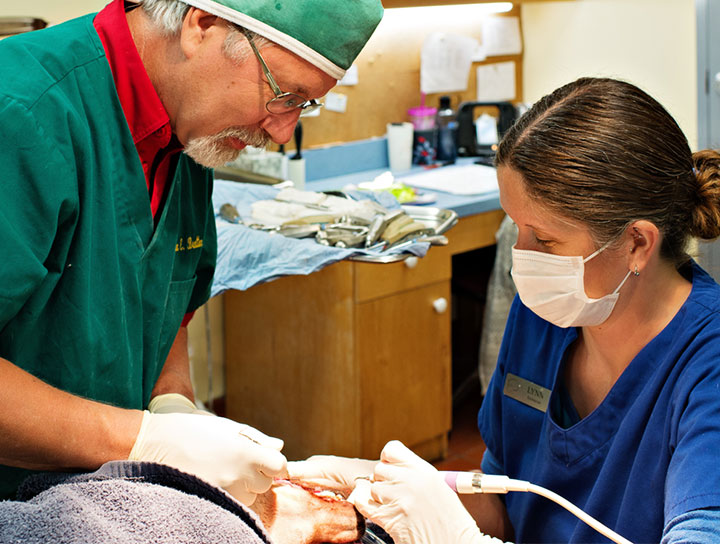
Credit: aikenpetvet.com
Benefits Of Sait Dental Cleaning
htmlRegular dental cleaning is essential for maintaining proper oral health. Sait Dental Cleaning offers a range of benefits that significantly contribute to a healthy smile.
- Removes plaque and tartar buildup: Professional dental cleaning effectively eliminates the plaque and tartar that can accumulate on the teeth, even with regular brushing and flossing. This reduces the risk of tooth decay and gum disease.
- Prevents gum disease and tooth decay: The thorough cleaning and removal of harmful substances during a dental cleaning help prevent gum disease, which can lead to tooth loss if left untreated. It also aids in preventing tooth decay, ensuring overall oral health.
- Freshens breath: Bad breath can be caused by the buildup of bacteria in the mouth. Sait Dental Cleaning removes the bacteria that contribute to foul odors, leaving your breath fresh and clean.
- Enhances overall oral health: By maintaining regular dental cleanings, you can enhance your overall oral health. Dental professionals can identify any potential issues early on, preventing more significant problems down the line.
Take advantage of the benefits of Sait Dental Cleaning and enjoy a healthier smile for years to come.
Sait Dental Cleaning Procedure
BLOG POST TITLE:
Initial examination and evaluation:
The sait dental cleaning procedure begins with an initial examination and evaluation. This involves a thorough assessment of the patient’s dental health, including checking for any signs of gum disease, cavities, or other oral health issues. The dentist may also take dental x-rays to get a more comprehensive view of the teeth and gums.
Scaling and root planing:
One of the key steps in the sait dental cleaning procedure is scaling and root planing. This process involves removing plaque and tartar buildup from the teeth and gums, including below the gumline. Scaling helps to eliminate bacteria and prevent further damage to the teeth and gums.
Polishing and fluoride treatment:
After scaling and root planing, the teeth are polished to remove surface stains and create a smooth surface. This not only enhances the appearance of the teeth but also helps to prevent plaque buildup. A fluoride treatment may also be applied to strengthen the teeth and protect against tooth decay.
Post-cleaning recommendations and maintenance tips:
Following the sait dental cleaning procedure, the dentist will provide post-cleaning recommendations and maintenance tips. This may include advice on proper brushing and flossing techniques, the use of mouthwash, and regular dental check-ups. The patient is encouraged to maintain good oral hygiene practices to ensure long-term dental health.
Choosing A Professional Dentist
Sait Dental Cleaning?
Choosing a Professional Dentist
Qualifications and experience
When selecting a dentist for sait dental cleaning, it is crucial to consider their qualifications and experience. Look for a dentist who is highly trained and has the necessary certifications. A dentist who has been practicing for a significant amount of time is likely to have more experience and skills in providing dental cleaning services. The experience allows them to handle different cases and adapt to varying patient needs effectively. Make sure to inquire about their education, specialized training, and any additional certifications they possess.
Technology and equipment used
The choice of technology and equipment used by a dentist is essential in ensuring effective and efficient sait dental cleaning. Look for a dentist who utilizes modern technology, such as digital X-rays and intraoral cameras. These technologies help in providing accurate diagnoses and personalized treatment plans. Additionally, advanced dental equipment allows for better precision and minimally invasive procedures, ensuring a comfortable experience for the patient. Enquire about the innovative dental technologies and equipment employed by the dentist you are considering.
Reputation and reviews
Before making a decision, researching the reputation and reviews of a dentist can provide valuable insights. Look for online reviews and testimonials from previous patients to gauge their satisfaction levels and overall experience. Positive reviews and recommendations indicate a dentist’s trustworthiness and competence in sait dental cleaning. Additionally, consider asking for recommendations from family, friends, or healthcare professionals who have had experiences with the dentist. Checking the dentist’s reputation and reviews allows you to make an informed decision about entrusting your oral health to them.
Understanding The Cost Of Sait Dental Cleaning
Understanding the cost of Sait Dental Cleaning can help you make an informed decision when seeking dental care. The cost of a cleaning can vary depending on several factors, such as insurance coverage and payment options. It’s important to check with your dental provider and review your insurance coverage to determine how much of the cost will be covered.
Payment options may also affect the cost of your dental cleaning. Some dental offices offer payment plans or financing options to make dental care more affordable.
Another factor to consider is comparing prices. Research different dental offices in your area to compare prices and services offered. Keep in mind that the cost of a dental cleaning may vary based on the reputation and experience of the dental provider.
By taking these factors into account, you can find a dental cleaning option that fits your budget and dental needs.
Maintaining Dental Hygiene At Home
Maintaining Dental Hygiene at Home
Good dental hygiene is essential for oral health and overall well-being. Brushing and flossing are the foundation of a healthy dental routine.
Brushing and flossing techniques
- Brush your teeth at least twice a day for two minutes each time, using a soft-bristled toothbrush and fluoride toothpaste.
- Hold your toothbrush at a 45-degree angle and use gentle, circular motions to clean all surfaces of your teeth.
- Don’t forget to brush your tongue to remove bacteria and freshen your breath.
- Floss daily to remove plaque and food particles from between your teeth and along the gumline.
- Use a gentle sawing motion and curve the floss around each tooth, reaching below the gumline.
Importance of regular check-ups
In addition to maintaining a thorough dental hygiene routine at home, regular check-ups with a dentist are important.
- Professional dental cleanings help remove plaque and tartar buildup that cannot be removed by brushing and flossing alone.
- Regular check-ups allow dentists to identify and address dental issues early, preventing more serious problems.
- Dentists can offer personalized oral care advice and recommend treatment options based on your specific needs.
Choosing the right oral care products
With so many oral care products available, it’s important to choose the right ones for your needs. Look for:
- Toothpaste with fluoride to strengthen enamel and protect against cavities.
- Soft-bristled toothbrushes that are gentle on teeth and gums.
- Dental floss or interdental cleaners that suit your preference and effectively clean between teeth.
- Mouthwashes or rinses containing antimicrobial ingredients for additional oral hygiene.
By following proper brushing and flossing techniques, scheduling regular check-ups, and selecting the right oral care products, you can maintain a healthy smile and promote overall dental wellness.
Lifestyle Habits That Affect Dental Health
Smoking and tobacco use can have significant negative effects on dental health. Smoking can lead to gum disease, tooth loss, and even oral cancer. Additionally, tobacco use can stain the teeth and contribute to bad breath. It is important to quit smoking and avoid tobacco products to maintain oral health.
Diet and nutrition also play a crucial role in oral health. A diet high in sugar and acidic foods can contribute to tooth decay and cavities. On the other hand, a balanced diet rich in vitamins and minerals, such as calcium and vitamin D, can help strengthen teeth and promote healthy gums.
Stress can have a negative impact on dental hygiene as well. High levels of stress can lead to teeth grinding and clenching, which can cause tooth wear and jaw pain. Managing stress through relaxation techniques, exercise, and seeking support can help maintain good oral health.
Post-cleaning Guidelines And Practices
Post-Cleaning Guidelines and Practices
Following a dental cleaning, it is essential to establish a diligent oral hygiene routine. Brushing and flossing twice daily using a soft-bristled toothbrush and fluoridated toothpaste is crucial. Rinsing with an antimicrobial mouthwash can help eliminate bacteria and freshen your breath.
Oral hygiene routine recommendations:
- Brush your teeth twice a day for two minutes each time.
- Floss daily to remove plaque from between your teeth.
- Use a fluoride toothpaste to strengthen enamel and prevent cavities.
- Replace your toothbrush every three to four months or when the bristles become frayed.
Dental products to use and avoid:
| Recommended Dental Products | Avoid |
|---|---|
| Fluoridated toothpaste | Toothpaste with excessive abrasives |
| Soft-bristled toothbrush | Hard-bristled toothbrush |
| Antimicrobial mouthwash | Mouthwash with alcohol content |
Follow-up appointments and check-ups:
It is crucial to schedule regular follow-up appointments with your dentist to maintain optimal oral health. Regular check-ups allow the dentist to detect any potential dental issues early on and address them promptly. Your dentist will advise on the frequency of these visits based on your specific dental needs.
Tips For Maintaining Long-term Oral Health
Tips for Maintaining Long-Term Oral Health
A healthy diet plays a vital role in maintaining long-term oral health. Consuming a balanced diet that is rich in vitamins, minerals, and nutrients can strengthen the teeth and gums, making them less susceptible to dental problems. Incorporating foods like fruits, vegetables, whole grains, and lean proteins can promote good oral hygiene and prevent tooth decay.
In addition to a healthy diet, developing good oral hygiene habits is essential. Regularly brushing your teeth twice a day with a fluoride toothpaste and using dental floss daily can remove plaque and prevent cavities. Moreover, making regular visits to the dentist for professional dental cleanings and check-ups can help identify and address any potential dental issues before they worsen.
To maintain oral health, it is important to avoid common dental problems. Staying away from excessive sugary and acidic foods and drinks can minimize the risk of tooth decay and erosion. Additionally, quitting smoking and limiting alcohol consumption can reduce the chances of gum disease and oral cancer. Maintaining a proper oral hygiene routine and seeking professional dental care when needed are key to ensuring long-term oral health.
Frequently Asked Questions Of Sait Dental Cleaning?
What Does A Dental Assistant Do?
A dental assistant supports dentists by providing patient care, preparing instruments, and taking x-rays. They also schedule appointments, organize records, and sterilize equipment. Their role is crucial in ensuring smooth dental procedures and patient comfort.
How Do You Clean A Dental Treatment Room?
To clean a dental treatment room, follow these steps: 1. Start by removing all disposable items and trash. 2. Wipe down surfaces with a disinfectant solution. 3. Clean dental instruments and sterilize them properly. 4. Vacuum the floors and mop with a suitable cleaner.
5. Replace used supplies and restock for the next patient.
How Long Does It Take To Become A Dental Hygienist In Alberta?
To become a dental hygienist in Alberta, the process typically takes approximately two years. This includes completing an accredited dental hygiene program and obtaining the necessary licensure.
Is Dental Care In Alberta Free?
No, dental care in Alberta is not free. Individuals are responsible for the costs of dental treatments and services.
Conclusion
Regular dental cleanings play a crucial role in maintaining a healthy smile and preventing dental problems. By removing plaque and tartar buildup, dental cleanings help prevent tooth decay, gum disease, and bad breath. Furthermore, they provide an opportunity for your dentist to identify any potential oral health issues early on.
Making dental cleanings a regular part of your oral hygiene routine will not only keep your teeth and gums healthy but also save you from costly and painful dental treatments down the road. Take charge of your oral health today by scheduling your next dental cleaning.

